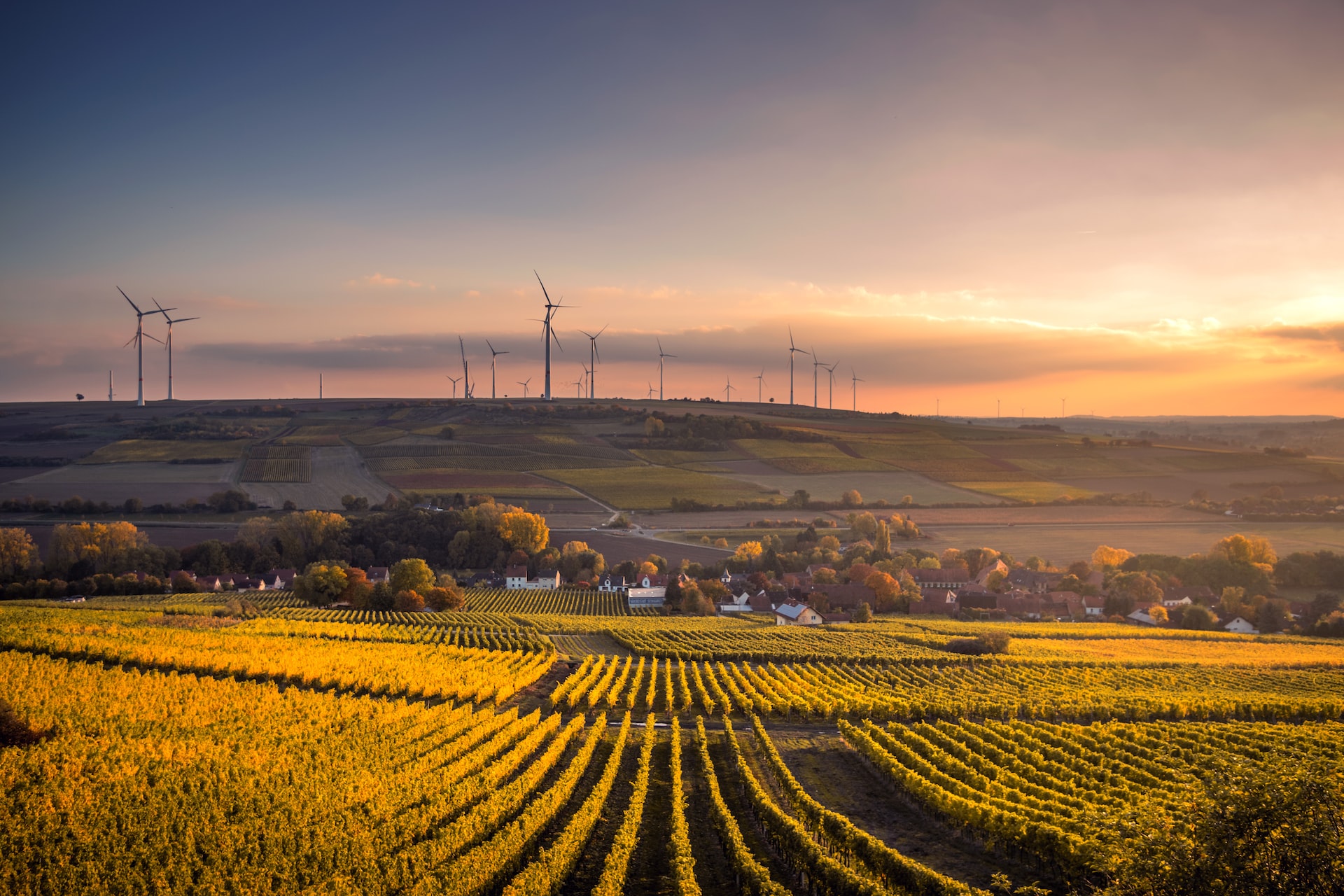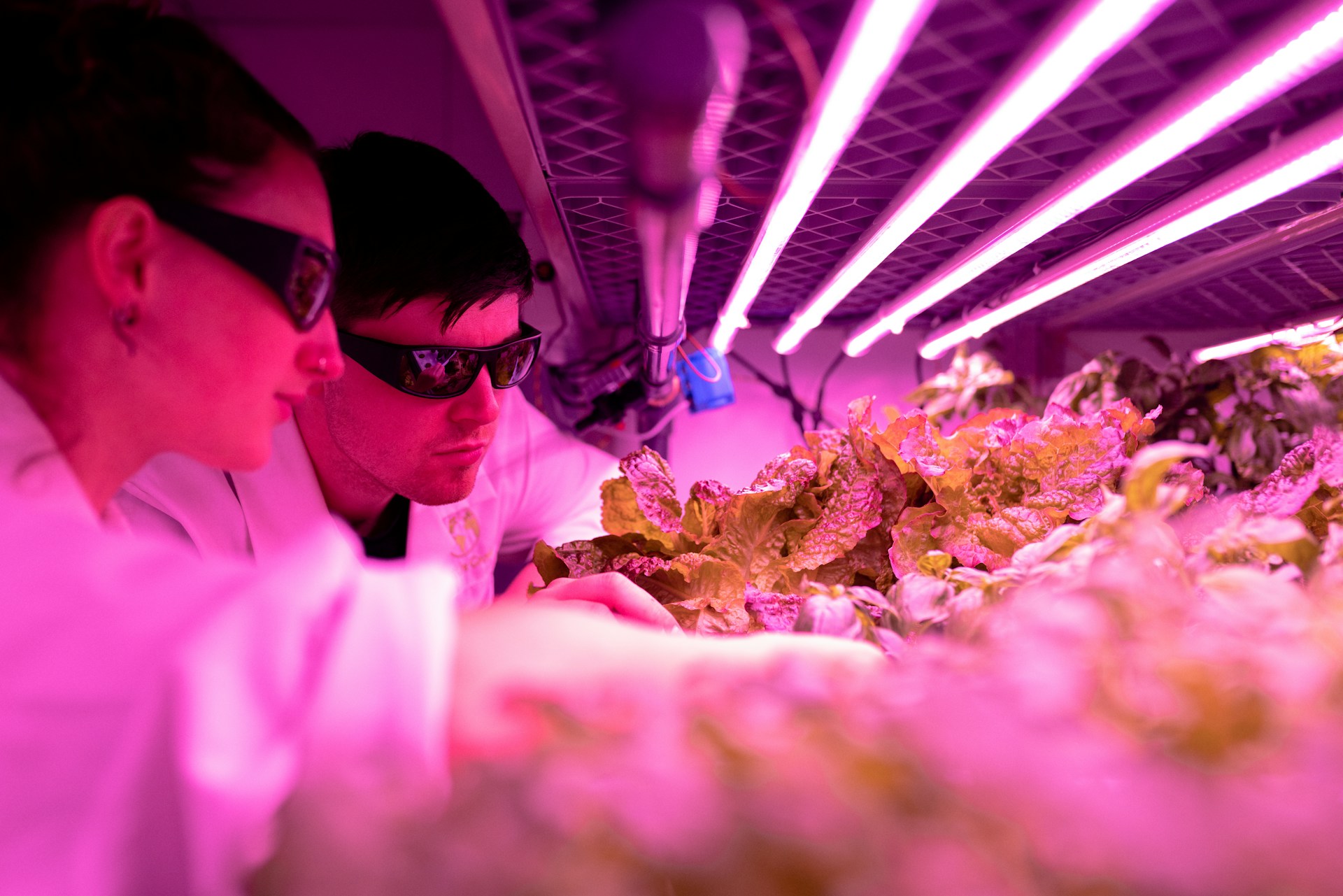
Technology in Agriculture: The Seeds of Change
November 9, 2022 - Emily Newton
Revolutionized is reader-supported. When you buy through links on our site, we may earn an affiliate commission. Learn more here.
Agriculture is a 12,000-year-old human practice. Once we got the hang of it, technology in agriculture allowed humans to put down roots in the first permanent settlements. Those settlements eventually became cities that bloomed into modern civilization as we know it.
Agriculture may not be the first that springs to mind when thinking of areas to apply high technology. This is quickly changing, though. The pressures of a growing human population, coupled with troubled growing seasons due to climate change, mean farmers are quickly turning to new ideas to feed the world.
The Need for More Technology in Agriculture
Farming practices haven’t evolved much over recent history. However, the world that the agriculture industry is trying to serve has changed massively. Today’s farmers are grappling with growing populations, labor shortages, vanishing farmable land and rising prices for vital supplies. Even water is diminishing in supply.
Climate change is only making matters worse. It continues to negatively impact the world, making it more difficult for farmers to produce enough food on diminishing viable land. At the same time, the global population is continuing to grow. Research estimates it will reach nearly 10 billion people by 2050. Ironically, the agriculture industry has also been struggling with a labor shortage over recent years.
Technology in agriculture is a clear solution to these challenges. Innovations can help the agriculture industry reduce its carbon footprint while thriving despite climate change. Robots and automation are also helping farmers make more out of less land, labor and resources.
Technology Yields More Crops & Savings
The primary advantages of applying technology to agriculture involve precision and material savings.
Conventional farming techniques involved spraying uniform amounts of water, pesticide, and fertilizer across entire growing areas. This is wasteful because not every crop needs the same amounts of materials, nor at the same time. Technology gives farmers tools to apply only the minimum amount of water, fertilizer, or pesticide at a time, and precisely where it’s needed.
These are the biggest benefits of technology for farmers:
- Greater crop yields from the same amount of land
- Growing crops requires less water, pesticide, and fertilizer — which saves the farmer money
- Customers save money at the store because of the lower cost of production
- Using fewer chemical aids prevents unnecessary damage to natural ecosystems
- Human groundwater sources, and nearby rivers and streams, remain healthier to drink
- Farm workers have less dangerous work and fewer opportunities to encounter chemicals
To better understand these benefits, it’s helpful to explore some of the specific technologies and how they work.
Modern Technology in Agriculture
How is technology changing the agriculture industry today? Innovations are emerging in agriculture that are helping farmers meet demand while prioritizing climate health. From robot farmers to advances in crop monitoring, these are some of the top examples of technology in agriculture today.
1. No-Till Farming
Research has shown that agriculture is responsible for 26% of greenhouse gas (GHG) emissions. Scientists have traced some of these emissions to the act of soil tilling, which involves breaking up soil using hand tools or powered equipment. Tilling machines and vehicles release GHGs, and the tilled earth unlocks sequestered carbon.
No-till farming is emerging as a solution to this problem. Technology in agriculture doesn’t have to be incredibly complex. No-till farming is all about reducing the amount of carbon-producing activity involved in agriculture. It works by depositing seeds into small holes in the earth with no tilling required, a change that could cut an estimated 30% of emissions from farming processes.
2. Aerial Imaging and GIS
Aerial imaging enables a kind of “visual diary” for farmers to see how their decisions impact crop progress, pest infestations and resource usage. Conducting crop inspections with a drone-mounted camera is much more efficient than doing so on foot.
Plus, today’s modern AI and camera systems are highly precise, capable of detecting even the early signs of a pest infestation. These efficient yet insightful aerial inspections allow farmers to get ahead of potential issues and be more proactive about keeping their crops as healthy and productive as possible.
Also known as satellite farming, geographic information system (GIS) mapping uses geographic data to enable incredibly rich visualizations. Aerial imaging is more about responding in real-time to conditions on the ground. GIS helps plan for the future, including determining how the land or topography may change over time.
Data collected from aerial imaging can even be integrated into GIS datasets so farmers can build a highly detailed history of their land over time. IoT sensors placed in the field and mounted on farming equipment can help provide even more data, such as recordings of soil health, moisture content and local weather patterns.
3. Internet of Things Sensors
The Internet of Things (IoT) is the growing network of connected devices and is making its way into the agriculture industry. IoT technology in agriculture is all about giving farmers more visibility over their land, crops and activity.
IoT sensors can be used for all kinds of things, from monitoring vehicle fuel to tracking soil moisture. Engineers have even developed 3D-printed biodegradable IoT sensors that farmers can plant around their land without worrying about the sensor disturbing the local ecosystem. IoT sensors can monitor virtually any aspect of a farmer’s land and business, maximizing the amount of data they have on their crops.
Building datasets for farmers is vital because it enables GIS development and farm optimization. Farmers can use IoT sensors to watch their crops and land around the clock – without constant visual inspections. This allows them to be focused and intentional in their efforts to optimize their farm’s productivity and care for their land in the most efficient way possible.
4. Farming Robots
Farming robots are one of the most exciting kinds of technology in agriculture. Engineers are developing many new technologies for the agricultural industry, from self-driving tractors to crop-collecting robots. These bots are helping farmers manage their businesses more efficiently while also responding to growing struggles with labor shortages at farms and agricultural companies.
Robots aren’t ubiquitous yet in agriculture, but some incredible designs are on the horizon. For example, a team of researchers at Monash University in Australia has developed an apple-picking robot that can autonomously pick one apple every seven seconds. It uses AI-powered camera vision to detect whether or not apples are ripe and employs a soft gripper to pick the apples without bruising them.
Robots will be important to the future of technology in agriculture since they give farmers a crucial efficiency boost. The World Economic Forum estimates that the autonomous farming equipment market will be worth $95 billion by 2027, indicating a boom in robotic farming equipment over the next few years.
5. Renewable Energy
Renewable energy is crucial to the planet’s future, but it has particularly positive potential in agriculture. Green power technology in agriculture is a bit like peanut butter and jelly – farming and renewable energy often go well together. Farmland, particularly in the middle of the U.S., is situated in areas perfect for solar or wind power infrastructure. In the future, farms worldwide will likely be powered by renewable energy systems built into the farmland.
Farmers in India have proven just how life-changing renewable energy can be in the agricultural industry. India’s 2.88 billion metric tons of GHGs produced per year could fall by as many as 62 million tons if every farmer in the country used solar power instead of fossil fuels for their farming equipment.
Biomass reactors are another appealing technological innovation that may be well-suited for modern-day farmers. Farms are abundant sources of plant and animal waste. Biomass reactors can help farmers capture free-and-clear energy from this untapped resource. In fact, biofuel could even become another source of income for farmers one day.
6. Bioengineered Food
Bioengineered crops are a somewhat controversial technology in agriculture, but there are many benefits to scientifically modified foods. For instance, agricultural scientists can genetically alter crops so they don’t need as much water to grow. Scientists have even figured out how to modify peanuts and soybeans so that they are less of a health hazard to people with food allergies.
Bioengineering technology in agriculture can also make crops more resilient to changing climate conditions and weather patterns. Modified crops can even be designed to be higher yield or contain healthier oils and less fat content.
Scientists have even developed real 3D-printed meat that could one day drastically reduce the need for carbon-intensive livestock farming. This uses a technology known as cultured meat, which uses stem cells to create genuine meat and fish without needing to farm-raise and slaughter animals.
These synthetic meats might sound strange initially, but they could help feed the growing population while reducing the agriculture industry’s greenhouse gas emissions. Plus, if this next-gen meat is made of the same stuff as “real” meat but without harming any animals, that’s a win for everyone.
Who’s Supporting Technology in Agriculture?
Farmers should know where they can turn for support and resources as they navigate an industry that’s changing rapidly thanks to technology. The United States National Institute of Food and Agriculture (NIFA) is a subsidiary of the Department of Agriculture. This and groups like it exist to:
- Organize and facilitate communication between like-minded farmers and technology groups.
- Find and fund meaningful research aimed at improving agriculture through engineering and the physical and digital sciences.
- Demonstrate how modern technology can be applied to existing workflows and practices to improve productivity without unnecessary disruption.
It’s understandable to feel hidebound when somebody comes along and starts telling you how to do your job differently — especially if that job’s been in your family for generations. What’s great about a lot of the technologies named here today; they’re designed to complement the strength, skill, and wisdom that comes with being a farmer. They’re not intended to replace it. The best agricultural technology will make farmers safer, more productive, and better stewards of the earth.
Revolutionized is reader-supported. When you buy through links on our site, we may earn an affiliate commission. Learn more here.
Author
Emily Newton
Emily Newton is a technology and industrial journalist and the Editor in Chief of Revolutionized. She manages the sites publishing schedule, SEO optimization and content strategy. Emily enjoys writing and researching articles about how technology is changing every industry. When she isn't working, Emily enjoys playing video games or curling up with a good book.






